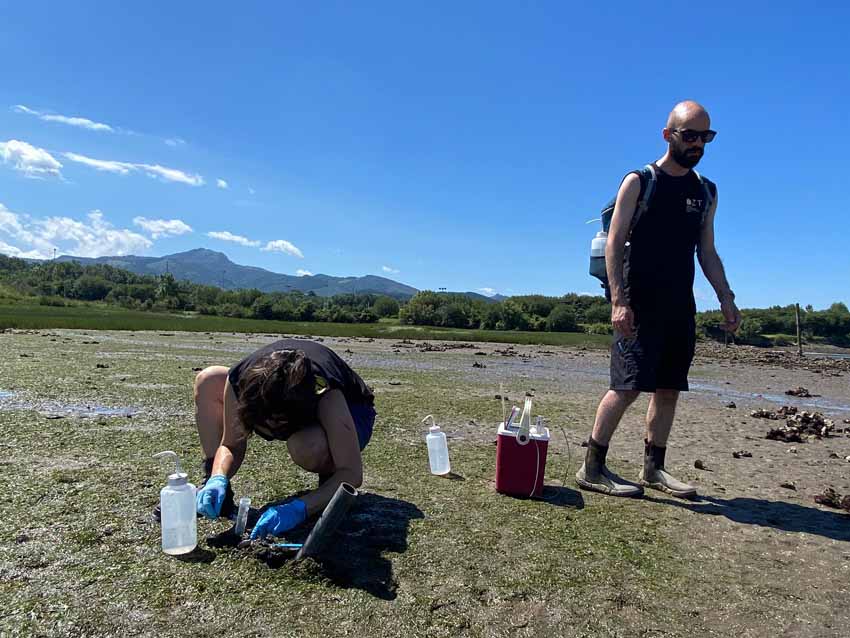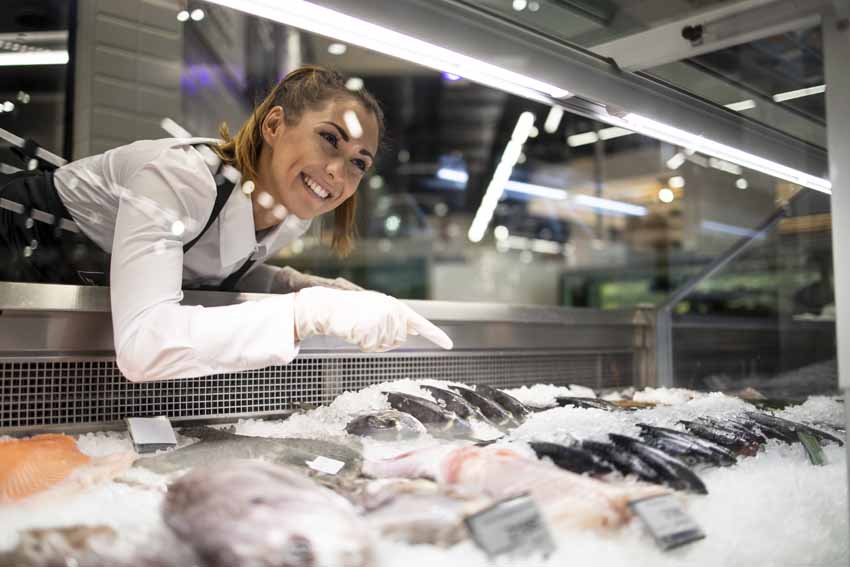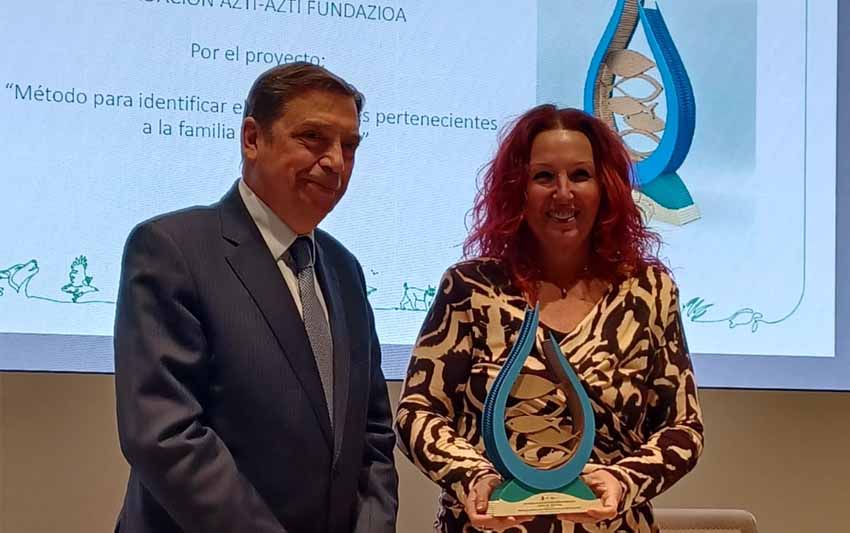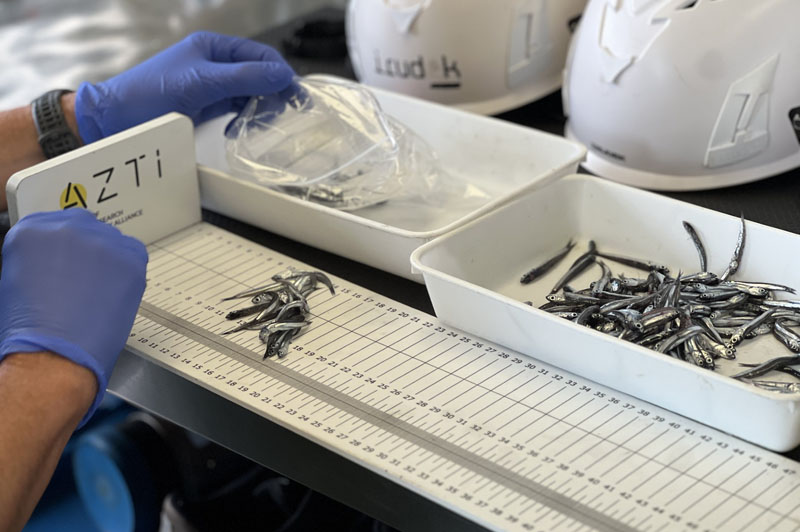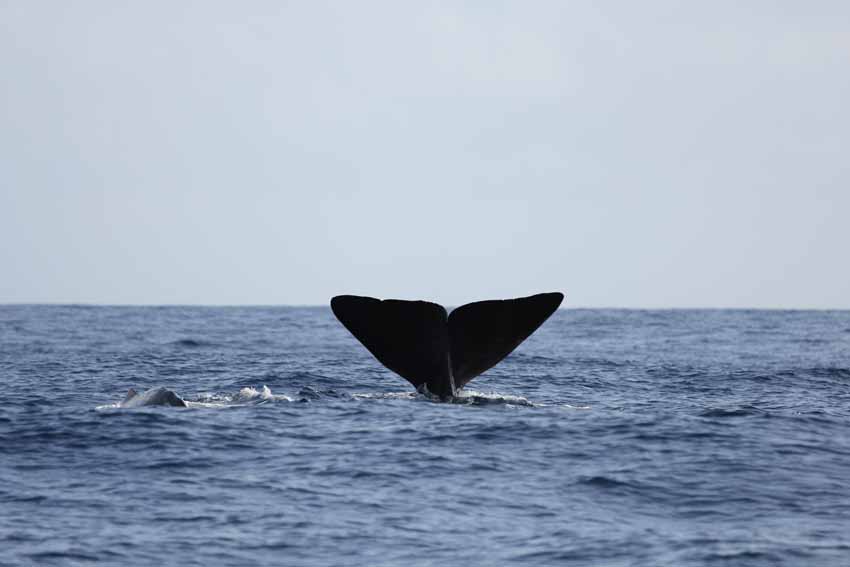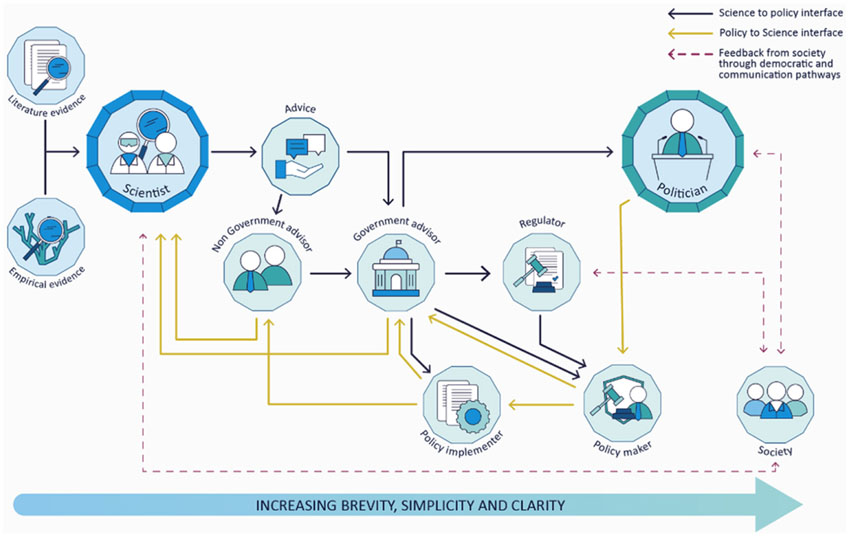AZTI develops a genetic method to facilitate an ecosystem-based approach to fisheries management
Últimas noticias
A pioneering genetic catalogue reveals hidden biodiversity in Basque estuary sediments
Uhinak Technical Committee Sets the Key Points for the 7th International Congress on Climate Change and the Coast
“We fishermen are the ones who earn the least”
- The AZTI Technology Centre has developed a genetic method that allows the accurate, efficient and rapid identification of anchovy, sardine, hake, horse mackerel and mackerel prey, based on the DNA in their stomachs. The method is also easily adaptable to other species.
- This information is key for the application of ecosystem-based models for fish stocks sustainable management.
- The research has been funded by the European Framework Programme for Data Collection (EUMAP) and by the Department of Agriculture and Fisheries of the Basque Government through the GENGES project.
Sukarrieta, 26 june 2024- European directives such as the Marine Strategy Framework Directive or the EU Common Fisheries Policy call for fisheries management that ensures the sustainability of stocks.
In recent years, this management has started moving towards the more holistic ecosystem-based approach, which not only considers the abundance of the stock and the fishing pressure it is subjected to, but also how the species interacts with the other species in the ecosystem, i.e. who eats whom and who competes against whom.
Thus, a better understanding of the trophic relationships in the marine environment and how they vary spatially and temporally is required. This knowledge has been historically obtained through visual inspection of the stomach contents, which is a time-consuming task that requires high taxonomic expertise, especially challenging (if not an impossible task) when stomach contents are degraded.
In response to this problem, a multidisciplinary team from the AZTI Technology Centre composed by genetics, marine ecology and ecosystem modelling experts, has developed and validated a novel method to facilitate and speed up the collection of trophic data for 5 highly commercial species in the Bay of Biscay: anchovy, sardine, hake, horse mackerel and mackerel.
The method, based on the analysis of the DNA in the stomachs of the fish, is devised to reduce the time needed for stomach processing while improving the efficiency of the genetic analysis. Furthermore, it allows the analysis of hundreds of samples simultaneously to obtain a prey inventory for each one.
“Our method represents a precise and reliable way to collect information on who eats whom and with what preference in the ocean, key data to increase our knowledge on the trophic structure of marine ecosystems,” says Oriol Canals, a marine genetics expert at AZTI. “Increased knowledge on the trophic relationships between marine organisms will facilitate the application of ecosystem-based approaches to fisheries management, ultimately ensuring a sustainable exploitation of marine ecosystems and resources, of high-value for the economy and the fisheries sector,” says the AZTI researcher.
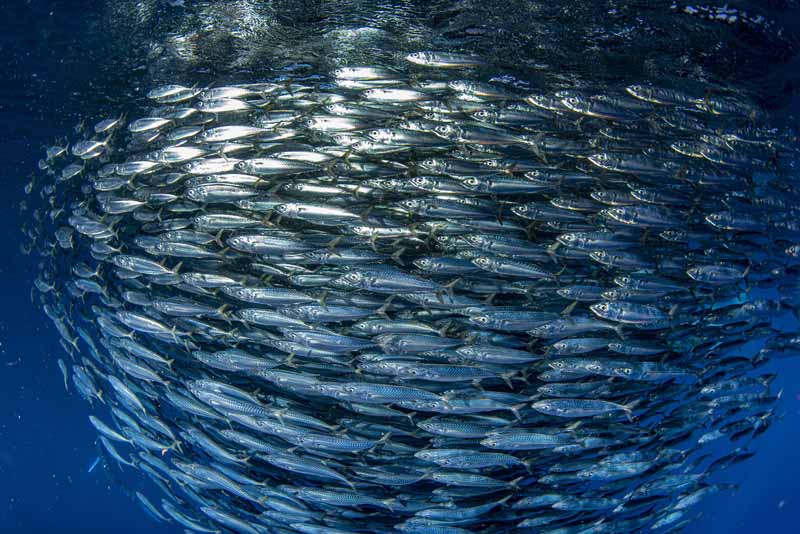
The AZTI team has shown that genetic analysis outperforms visual inspection by identifying a wider range of prey, including fast-digesting prey such as jellyfish, usually overlooked by visual analysis, and are highly precise identifying spatial and temporal variations in fish diet.
“Moreover, this genetic method is not only applicable to the five species studied, but can also be easily adapted to other species,” says Canals.
The research, led by the Technology Centre, has been funded by the European Framework Programme for Data Collection (EUMAP) and the Basque Government’s Department of Agriculture and Fisheries through the GENGES project.
